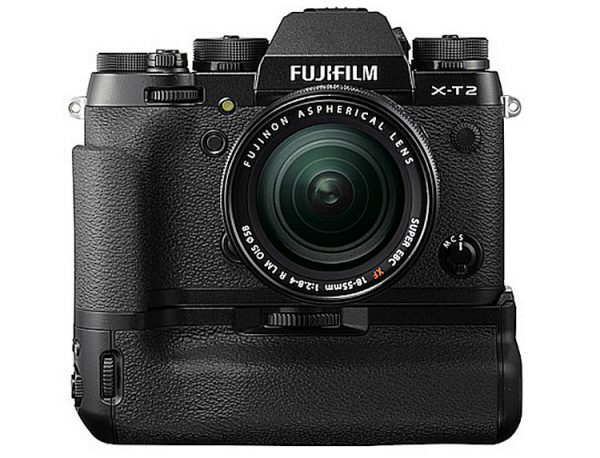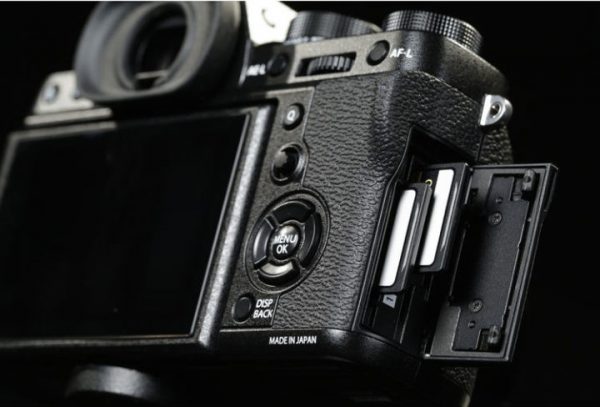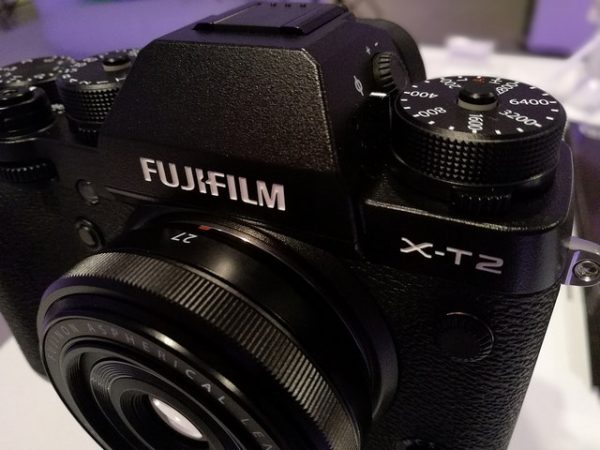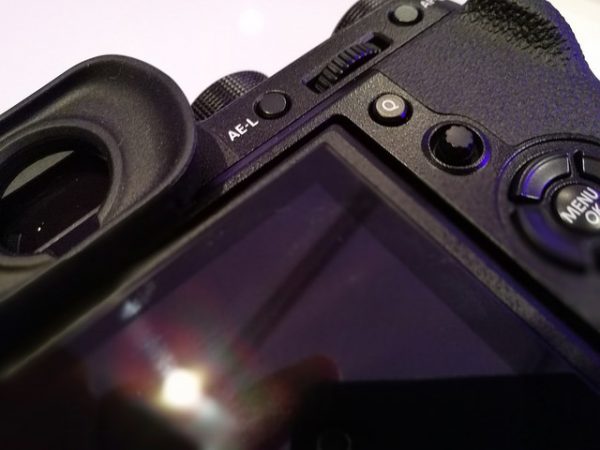
The new Fujifilm X-T2 comes right after the introduction of the company’s X-Pro2, as many have predicted, and expectations are high on the improvements it brings.
The new camera has virtually the same innards as the X-Pro2, such as the 24.3-megapixel APS-C crop sensor and processor. On top of that, it also has dual SD card slots, something most professional photographers appreciate.

What’s missing on the X-T2 is the optical viewfinder found on the unique X-Pro2. It is great but not always useful, especially with physically longer lenses that get in the way of the viewfinder. This means parallax error as the camera gets nearer to a subject.
The loss of the optical viewfinder on the X-T2 would also not be a deal breaker if you intend to use it with a lots of old lenses. The viewfinder cannot be used to focus with such lenses. There are also third-party lenses from Samyang that will render it useless.
One of Fujifilm’s main issues in the past has been its less than stellar focusing system. Sure, most Fujifilm users are not exactly into sports and nature photography and having a super fast focusing system is not top priority.
However, if a camera such as the X-T2 is to be pitched to professional users, then a quick and accurate focusing system is definitely needed. That is what the latest Fujifilm camera aims to achieve.

The X-T2’s now has 91 auto focusing (AF) points. Of these, 49 in the centre of the viewfinder are phase detection AF pixels. This is coupled with advanced custom settings that promise to track the subject through the viewfinder more accurately.
This is also helped by the new joystick just on top of the four-way button that allows quick selection of the AF position within the frame.

One of the main criteria for sports and nature photography is that the photographer must be able to track the subject throughout the exposure.
That is the main reason why DSLRs are usually sought after for such applications as the optical viewfinder does not “black out”, causing the subject to be lost.
Usually using electronic instead of optical viewfinders, mirrorless cameras have to rely on a processor to handle the images from a sensor before saving them on storage media.
While doing this, the camera may not have the resources to send images to the electronic viewfinder, thus causing the brief “black out”.
The good news is that the X-T2’s faster processing and larger buffer makes this “black out” time minimal and almost undetectable.
The 14-frames-per-second exposure speed with the electronic shutter and 8 fps with the mechanical shutter make continuous shooting a much more enjoyable experience.
The number for the mechanical shutter goes up to 11 fps when the vertical grip that comes with an extra battery is attached to the camera.
Apart from these improvements, the X-T2 now provides the option to leave the dials unlocked, which addresses my pet peeve with the X-Pro1/2 and X-T1.
The general layout of the camera has also improved, the dials are much beefer for easier grip and the four-way button is easier to press and protrudes more.
The shutter button now comes with a plunger shutter trigger that allows me to install a soft shutter button like the X100 that helps me to engage the shutter much more easily. What’s more, the X-T1 also shoots 4K video for those into moving images.
At least from my limited hands-on trial, Fujifilm’s new camera looks appealing as an upgrade if you want a very versatile shooter that comes with improved ergonomics.
I did a series of tests during a recent launch event in Singapore but the setup was not really pushing the limits of the X-T2’s focusing capabilities.
Certain of its promise, I look forward a real-life test with the camera, which costs S$2,599 for the body alone.








The OVF on the X-Pro2 resembles that of an old rangefinder camera. This means that you are not looking through the lens, but instead through a fixed lens in the viewfinder itself. This means that the EVF of the X-T2, in my opinion, is actually superior to the OVF of the X-Pro2 when using “old lenses“.
It’s not that sports and nature photographers avoided the camera and therefore Fuji did not make a fast focusing a priority. It’s that the focusing system was so slow that sports and nature photographers avoided the X-series!